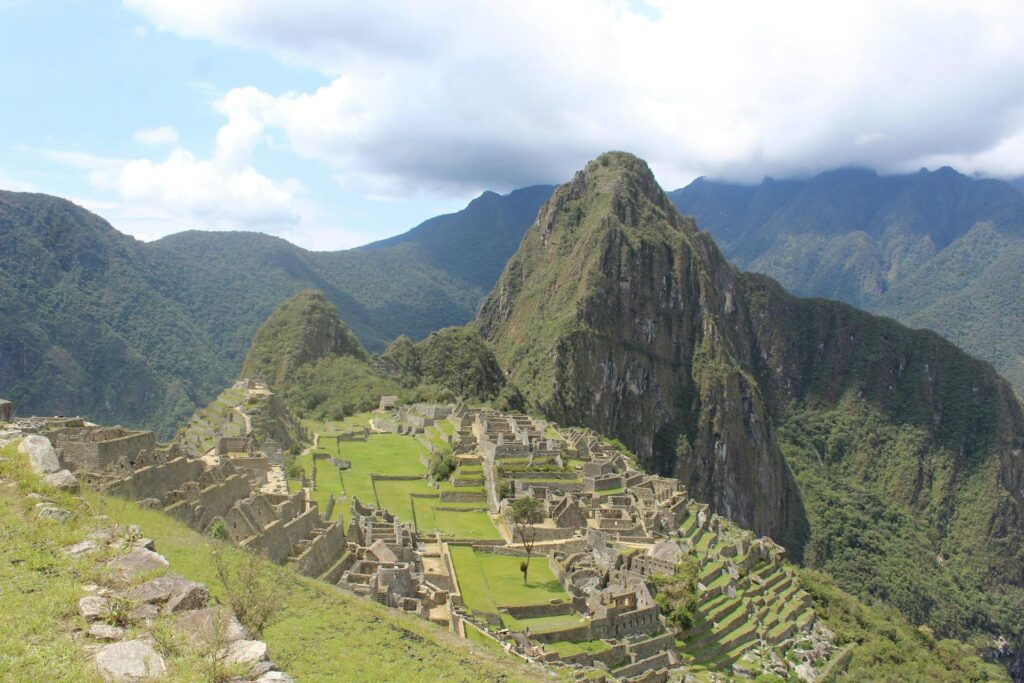A name like lasée echoes back to ancient times, conjuring images of a time gone by. This historic port city is mentioned both historically and in biblical passages. It is located on Crete’s southern coast. However, the story of the city is still unfinished and needs to be put together, just like the whispers themselves.
The majority of what we know about lasée comes from the New Testament book Acts of the Apostles. According to its story, the Apostle Paul is travelling to Rome as a prisoner when he and his ship are forced to seek shelter in lasée due to a violent storm (Acts 27:8). It is up to historians and archaeologists to put together the city’s existence through other sources, given this brief mention is the only textual reference to it.
A turning point in lasée’s rediscovery occurred in the year 1856. Under the direction of the Acts of the Apostles route, archaeological investigations discovered ruins east of Cape Lithinos. Even though they were worn down from time, these ruins provided concrete evidence of the city’s existence.
The geographic setting of lasée was essential to its growth. Its natural harbour, which was perfect for trade and commerce, was provided by its small island location. As a crucial conduit connecting Crete to other Mediterranean ports, the city most likely flourished during the Hellenistic and Roman eras.
That being said, a lot of lasée’s past is still unknown. We still don’t completely know how big its urban layout is, how it is governed, or how its people live their daily lives. The key to solving these puzzles and perhaps illuminating the social, cultural, and economic climate of this historic metropolis lies in more archaeological research.
The name “lasée” itself is intriguing and causes controversy. The name is rendered as “Thalassa” in the Vulgate Bible, an influential Latin translation that translates to “sea” in Greek. This disparity raises additional issues regarding the city’s original classification and possible explanations for the variances, further complicating our understanding of lasée.
Historians and archaeologists alike are enthralled with lasée, despite the gaps in our understanding. This ancient port city is sure to captivate and intrigue people for years to come because of its historical significance and the continuous search for its secrets.
With additional excavations and research, a more comprehensive image of this formerly thriving city will become apparent. Along with adding to our knowledge of the ancient world, this exploration expedition should provide important new perspectives on the networks of maritime trade and cross-cultural interactions that defined the Mediterranean region.
lasée: A View Into the Ancient History of Crete
A lost period of Cretan history is symbolised by the term lasée, which has been whispered down the years. This historic harbour city is only referenced once in the Acts of the Apostles (Acts 27:8). Its history is still unknown and has yet to be fully discovered.
Under the guidance of the biblical allusion, archaeological work in 1856 discovered ruins east of Cape Lithinos, supplying concrete proof of lasée’s existence. Because of its advantageous location on a tiny island and its natural harbour, it was a major hub for trade during the Hellenistic and Roman periods.
But very little is known about lasée’s past. We still don’t fully understand its governmental systems, urban layout, or people’ way of life. The key to uncovering these mysteries and the social, cultural, and economic panorama of the city lies in future excavations.
Not to mention the name itself adds an extra degree of mystery. “lasée” is translated as “Thalassa” in the Vulgate Bible, which is Greek for “sea.” Discussions concerning the city’s original appellation and the causes of the variances are sparked by this disparity.
Even with so little information, lasée still fascinates academics. Its place in the investigation of the ancient world is guaranteed by its historical significance and continuous attempt to discover its secrets. A more complete image of this formerly thriving metropolis will become apparent as study goes on, providing important new perspectives on the networks of marine trade and cross-cultural interactions that defined the Mediterranean region.
Within the allotted 300 words, this succinct rendition of lasée preserves the essential details. The year of Paul’s storm encounter is removed, and the emphasis is instead placed on the larger themes of the storm’s historical significance, continuous study, and contribution to our understanding of the ancient world.

